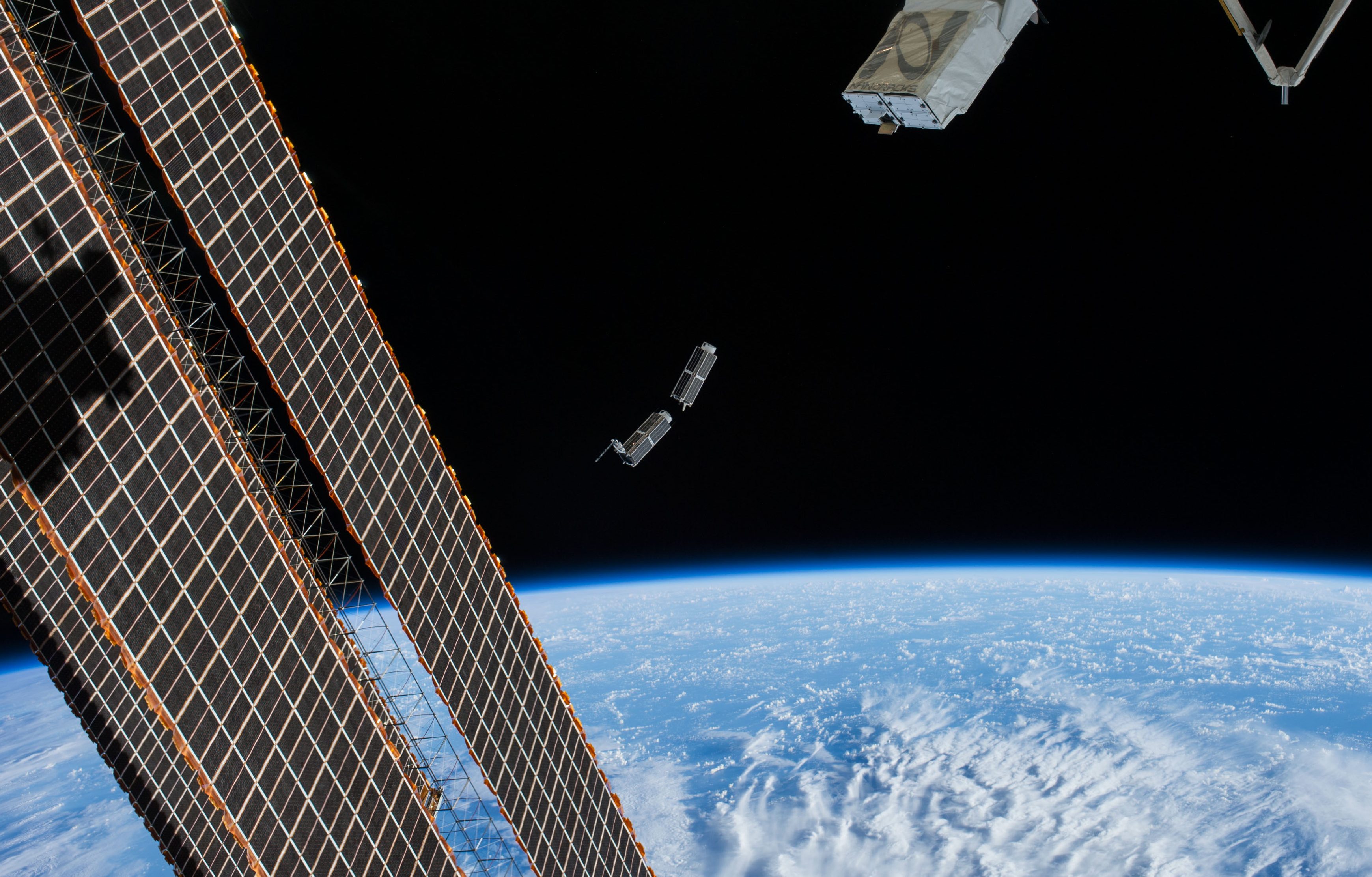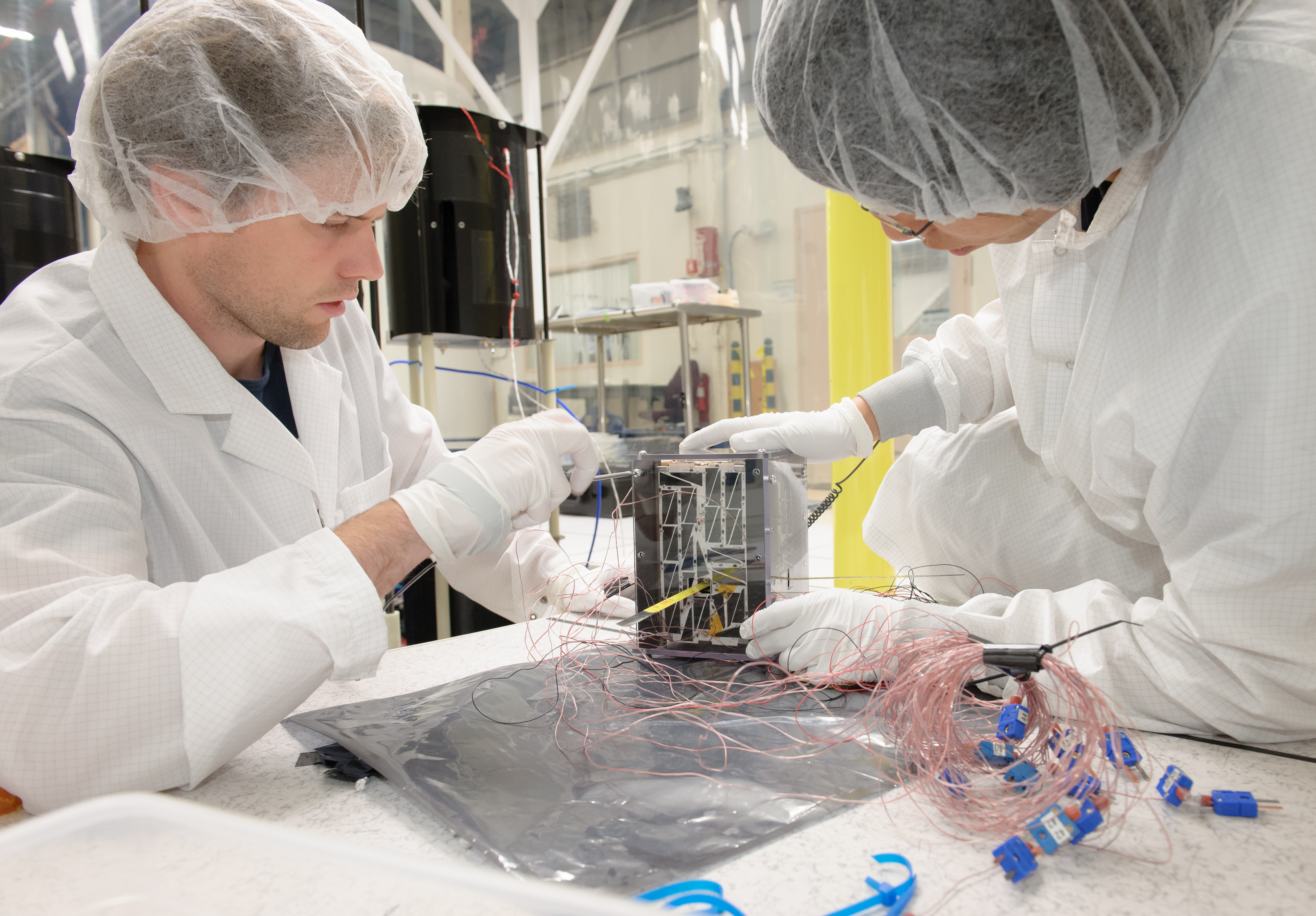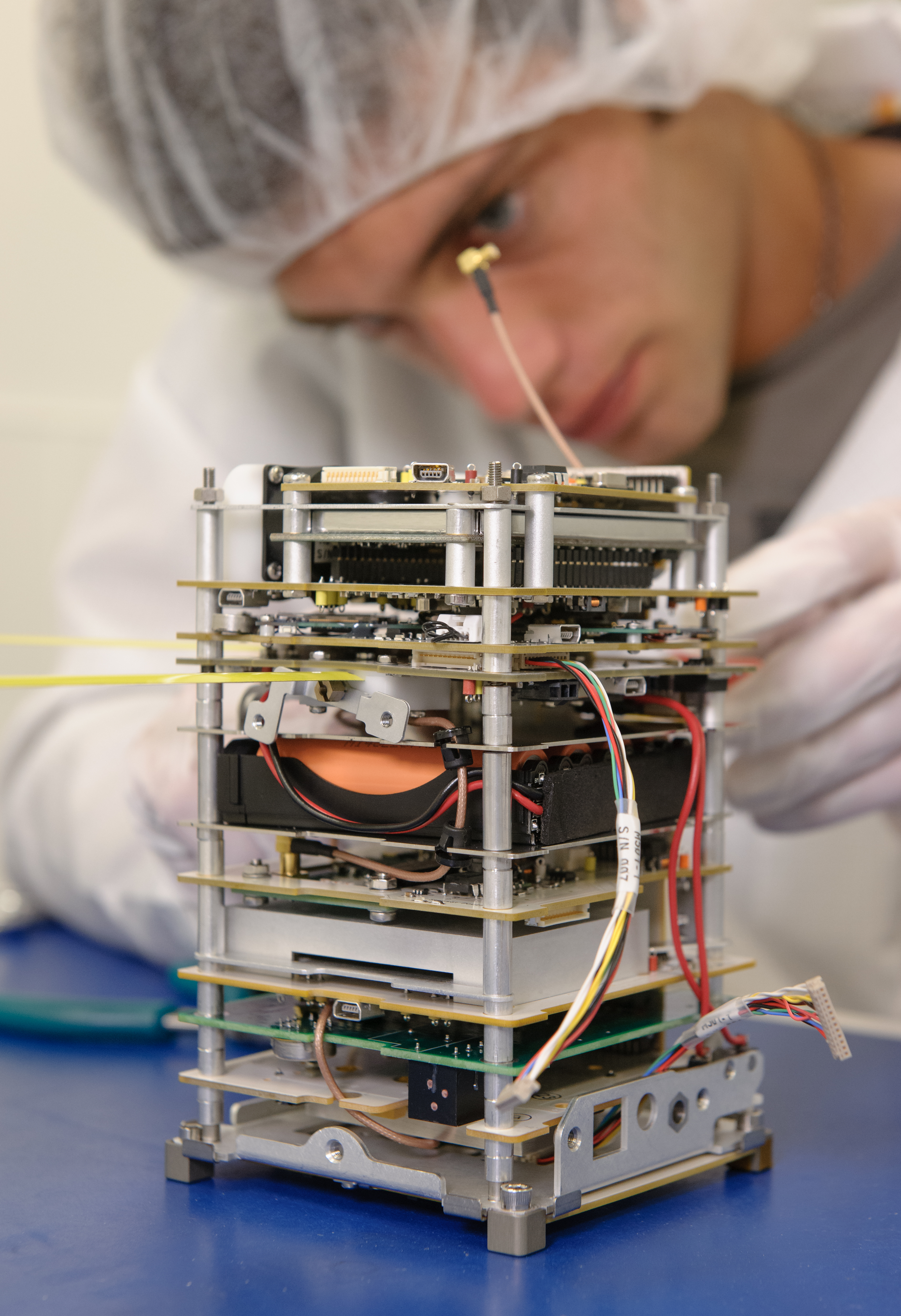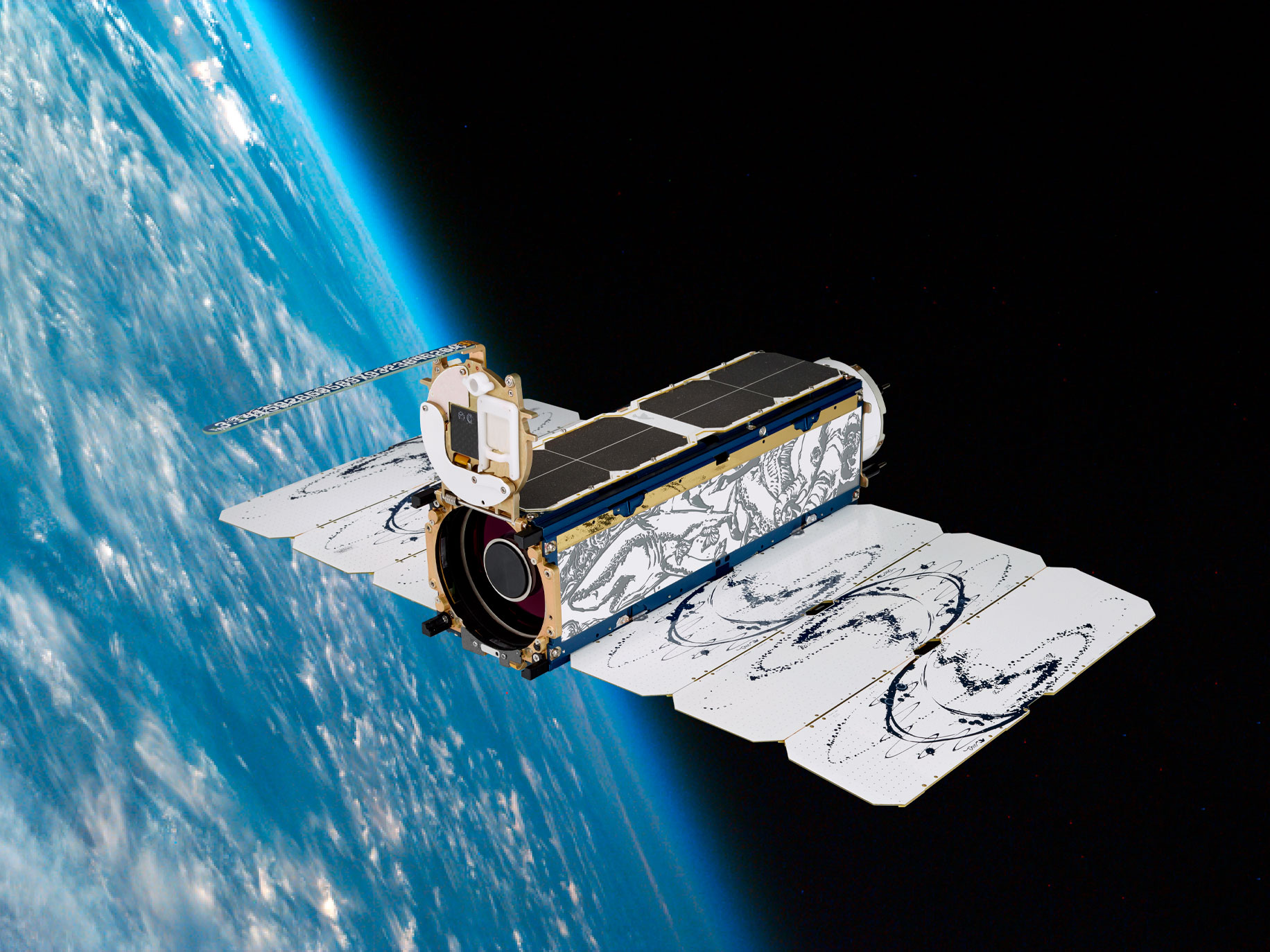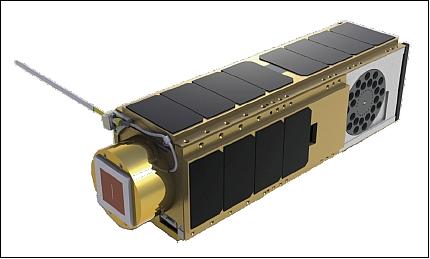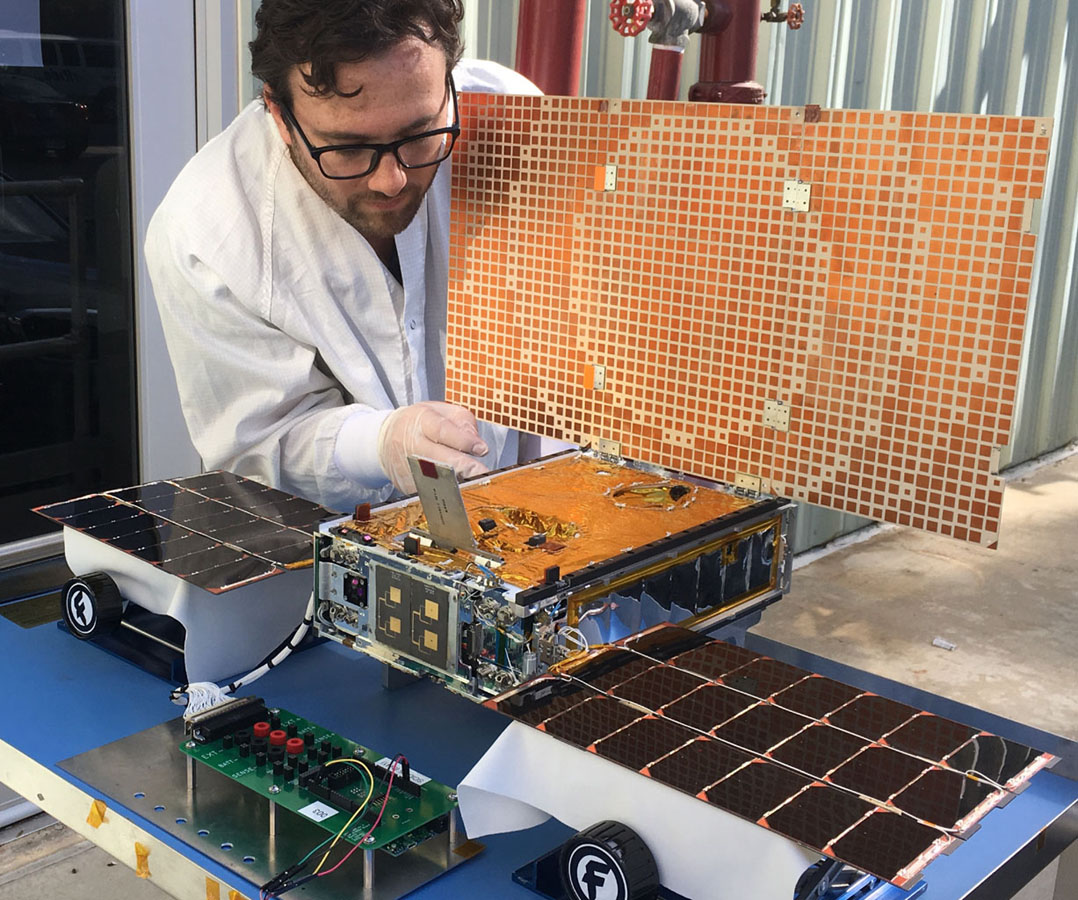CubeSats 101
Never heard of a CubeSat? Well don’t worry, most people haven’t! We’re going to cover all of the basics and history of CubeSats!
What is a CubeSat:
CubeSat is short for ‘Cube Satellite’. CubeSats are a class of nanosatellite – which are satellites that weigh in between 1-10 kg (2.2 – 22 lbs) – that are built using cube shaped units or U’s. Each unit is 10 cm x 10 cm x 10.33 cm, which makes a 3U CubeSat about as big as a loaf of bread! Currently, the most common CubeSat form factors are 1U, 3U, and 6U. These satellites are used for technology demonstrations, higher risk proof of concept missions, amateur radio, and science. There are a large number of CubeSat companies now too! Some of the more notable ones are the Earth imaging companies such as Planet or Spire. Many other companies exist that work on CubeSat deployers, components, launch vehicles, and even operating satellites.

History of CubeSats:
The CubeSat standard was formed when two professors, Jordi Puig-Suari of California Polytechnic State University and Bob Twiggs of Stanford University, proposed it in 1999 with the goal of allowing university students to design, build, test, and operate simple spacecraft. The first CubeSat was later launched in 2003, and the first NASA CubeSat was GeneSat-1 – launched in 2006. GeneSat-1’s success was an important factor in the increase of CubeSat popularity. Up until 2013, CubeSats were a small field dominated by academia and university projects. After 2013, most of the CubeSats launched were for amateur or commercial purposes! As of 2012 only 72 of CubeSats were on orbit, but as of January 2019 over 900 have been successfully deployed on orbit! The applicability of these satellites are being used more and more every year!
Ways to Get Involved (for Students):
Because CubeSats are so much cheaper and time efficient to create, they serve as a great platform for education! NASA and the Air Force Research Labs (AFRL) both have programs in which they fund university student built CubeSat missions and even provide the satellite with a free launch. If you are a university student interested in working with satellites and space systems, be sure to check out NASA’s CubeSat Launch Initiative (CSLI) and the Educational LAunch of NAnosatellites (ELANA) programs! Also check out the AFRL University Nanosatellite Program (UNP) for more opportunities.
Some Notable Missions:
Doves (Planet): Planet has a constellation of hundreds of 3U imaging satellites. They are able to take images with resolutions of about 72 cm spatial resolution – that’s less than 1 m per pixel! Planet has shown the commercial viability of this class of satellite, even when the quantity of satellites in orbit vastly out numbers the amount of employees that operate them.
GeneSat-1 (NASA): Launched in 2006, this self-contained space biology mission studied how the space environment impacted common proteins. This mission also showed the potential for CubeSats!
MARCO (NASA): Mars Cube One (MARCO) was actually a mission with two CubeSats, MARCO-A and MARCO-B. These two 6U’s served as companions for the Mars Insight lander which launched in Spring 2018 and landed on Mars in late November that same year. The MARCO mission was to test the feasibility of deep-space CubeSats, and to act as a communication relay between the Deep Space Network and the Insight lander. These two CubeSats successfully performed their mission and have now opened up a new realm of opportunities for deep-space missions in the future!

